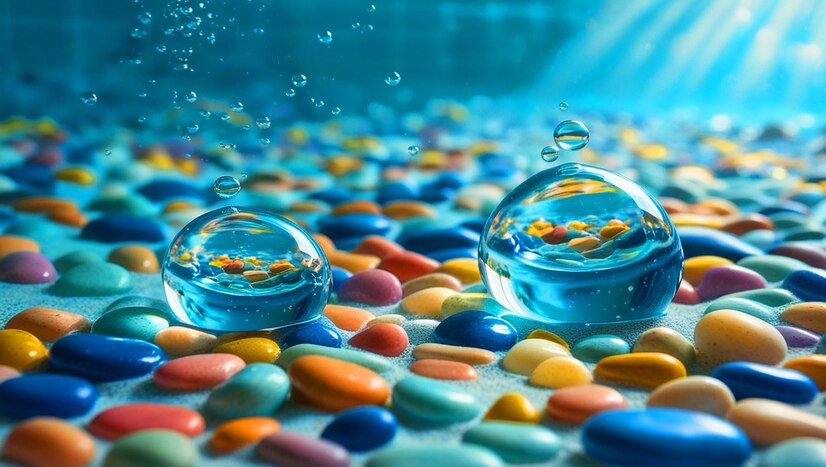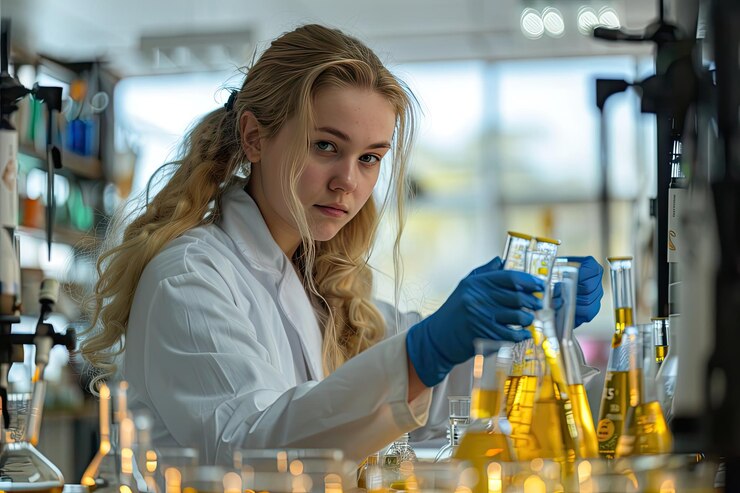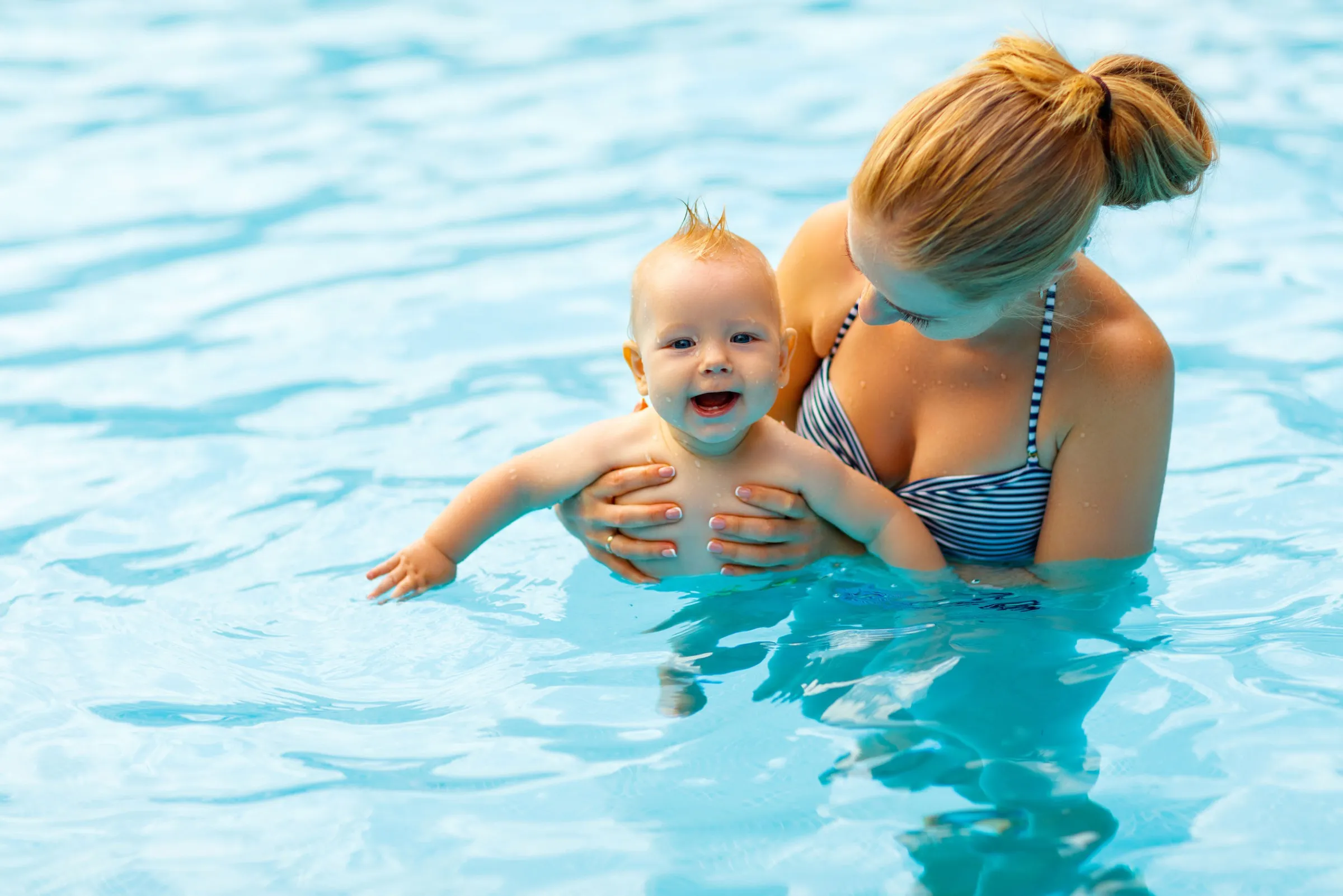
Total Chlorine:
Introduction
In the field of drinking-water treatment, one particular ingredient stands out as particularly important: chlorine. Its importance in maintaining adequate water supply cannot be overwhelmed. Chlorine is an important tool for assessing water quality because of its capacity to kill microorganisms through a chemical reaction. At all times, chlorine is removing dangerous contaminants from the water that is used in pools for swimming and other treatment plants for water.

Understanding Free and Total Chlorine
When it concerns keeping water clean, knowing how total chlorine and free chlorine differ is crucial. Even though the whole chlorine contains both active and mixed chlorine, natural chlor is a much more effective cleanser. In order to measure chlorinated levels in drinking water precisely and to continually track them, the distinction is necessary. It ensures that sanitation practices are successful and that swimming and their households are safe in overall.
Learning the difference in free chlorine and total chlorine is critical for keep water features clean. Free chlorine is used as an active disinfectant, whereas total chlorine includes both active and mixed chlorine. This difference is critical for correctly identifying and monitoring the levels of chlorine in water. It guarantees the success of sanitation protocols and overall security of swimming and their relatives.
Free and Total Chlorine
Free Chlorine
Free Chlorine refers to the amount of chlorine that hasn’t combined with chlorinated water yet. It’s crucial for maintaining proper chemical balance in swimming pools and wastewater treatment facilities. Measuring chlorine free level is vital to ensure the water is clean and free of dangerous germs. When testing pool water, amounts should ideally be between 2-4 PPM. This form of chlorine is distinct from others as it is not currently utilized yet and is available for disinfecting reasons.
Total Chlorine
Total Chlorine includes both free chlorine and mixed chlor. While free chlorine is easily available for decontamination, combined chlorine has previously mixed with pollutants and is hardly useful for sanitizing. When chlorine is introduced to water, it dissolves to generate hypochlorous acid, it reacts with dioxide to make the oxidizing ion hypochlorite. The combination above results in free chlorine. Maintaining correct levels of free chlorine is crucial for guaranteeing the effectiveness of pool sanitation. The optimal range for chlorine free concentrations is 1-3 ppm.

Combined Chlorine
When pool water is disinfected, combined chlorine derives from a specific type of chlorine. The process works in the way that chlorine combines with impurities present in water, creating an odour chemical called chloramines which can often be hazardous. It is important to test for combined chlorine levels in order to verify that proper disinfection has taken place. Measurements are aimed to be below 0.5 PPM In situations where these levels are high, it can indicate that the water needs to be shocked counteract any foul smells and sanitize the pool effectively.
Free chlorine in the pool is working to break down pollutants if there are any combined chlorine at all within the swimming water. Your swimming pool does not have your should contain any combined chlorine in an ideal world completely. Maintaining the correct amount of free chlorine helps to avoid combined chlorine in pool water. The way likes anything that breaks down pollutants and cleans your water also results in a release of some wonderful little waste products (in this case chloramines) which add to the olfactory delight.
Since mixed chlorine is at high levels there isn’t enough activated chloring which sanitizes your pool water. So, It is very important maintain free chlorine levels in the highest possible range to prevent associated with mixed chlorinated and provide good sanitation at a pool.

Whats the Difference Between Total Chlorine and Free Chlorine
Pool owners and operators need to understand if they should be testing for Total Chlorine or Free Chlorine in order that their pool is kept clean as well as safe. Both hypochlorous acid and also the carefully connected substance, hypochlorite ion are both fantastic at killing all type of bacteria in your swimming pool.
Free chlorine: This is the chlorine available for sanitizing your pool water. Chlorine hasn’t reacted with the impurities just yet. During the reaction of free chlorine with impurities, mixed chlorine is formed which results in total residual. Total)” Chlorine )(Total Residual (Free +Mixed Chlorines)
You can also read about Coterie Diapers Review
If total chlorine equals free, there’s no combined chlorine in the pool; this is not a sign that it was removed completely. As an example, it total chlorine is higher than free chlorine then there are combined chlorines.
It is essential that a pool retains the correct chlorine levels for sanitation. Pools Test for Chlorine Levels Just like with the test tube over a flame, regular testing and adjustments in chlorine levels mean that pools will stay clean enough to be considered safe. In case of swimming pools, for new pool owners it is must to learn the monitoring chlorine levels what are necessary and important in order to keep a proper PH level and maintaining cleanliness.








2 Comments
Pingback: "Ultimate Guide to Freezer Meals Preparation: Time-Saving Tips for Busy Families" - New Modern Moms
Pingback: "Best Pacifiers for Breastfeeding Babies: Safe and Soothing Choices" - New Modern Moms